What's New in TensorFlow 2.0. Use the new and improved features of TensorFlow to enhance machine learning and deep learning
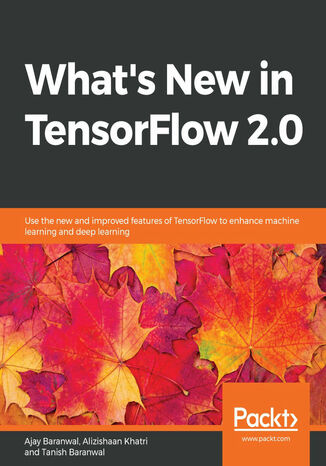



- Wydawnictwo:
- Packt Publishing
- Ocena:
- Stron:
- 202
- Dostępne formaty:
-
PDFePubMobi
Opis
książki
:
What's New in TensorFlow 2.0. Use the new and improved features of TensorFlow to enhance machine learning and deep learning
What's New in TensorFlow 2.0 starts by focusing on advanced concepts such as the new TensorFlow Keras APIs, eager execution, and efficient distribution strategies that help you to run your machine learning models on multiple GPUs and TPUs. The book then takes you through the process of building data ingestion and training pipelines, and it provides recommendations and best practices for feeding data to models created using the new tf.keras API. You'll explore the process of building an inference pipeline using TF Serving and other multi-platform deployments before moving on to explore the newly released AIY, which is essentially do-it-yourself AI. This book delves into the core APIs to help you build unified convolutional and recurrent layers and use TensorBoard to visualize deep learning models using what-if analysis.
By the end of the book, you'll have learned about compatibility between TF 2.0 and TF 1.x and be able to migrate to TF 2.0 smoothly.
Wybrane bestsellery
Packt Publishing - inne książki
Dzięki opcji "Druk na żądanie" do sprzedaży wracają tytuły Grupy Helion, które cieszyły sie dużym zainteresowaniem, a których nakład został wyprzedany.
Dla naszych Czytelników wydrukowaliśmy dodatkową pulę egzemplarzy w technice druku cyfrowego.
Co powinieneś wiedzieć o usłudze "Druk na żądanie":
- usługa obejmuje tylko widoczną poniżej listę tytułów, którą na bieżąco aktualizujemy;
- cena książki może być wyższa od początkowej ceny detalicznej, co jest spowodowane kosztami druku cyfrowego (wyższymi niż koszty tradycyjnego druku offsetowego). Obowiązująca cena jest zawsze podawana na stronie WWW książki;
- zawartość książki wraz z dodatkami (płyta CD, DVD) odpowiada jej pierwotnemu wydaniu i jest w pełni komplementarna;
- usługa nie obejmuje książek w kolorze.
Masz pytanie o konkretny tytuł? Napisz do nas:
Książka drukowana



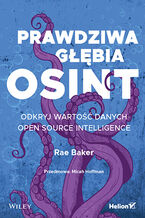

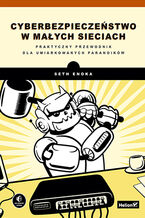
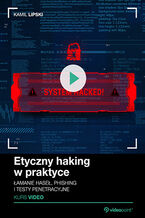
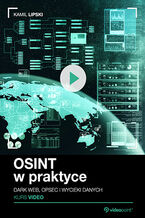
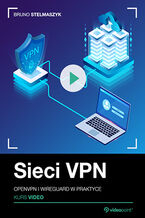

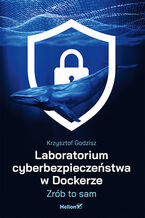

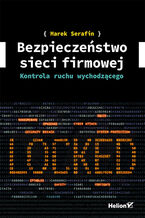











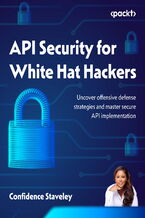
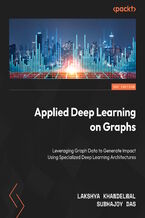
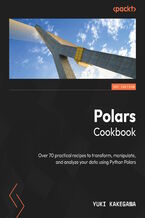
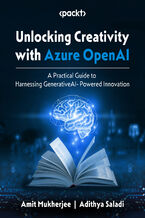
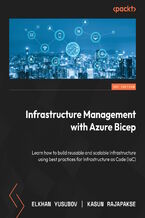
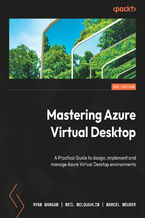
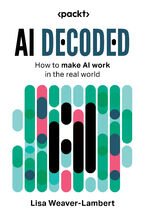
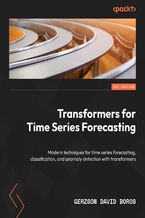
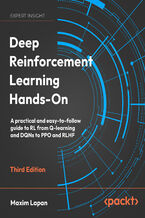



Oceny i opinie klientów: What's New in TensorFlow 2.0. Use the new and improved features of TensorFlow to enhance machine learning and deep learning Ajay Baranwal, Alizishaan Khatri, Tanish Baranwal (0) Weryfikacja opinii następuję na podstawie historii zamówień na koncie Użytkownika umieszczającego opinię. Użytkownik mógł otrzymać punkty za opublikowanie opinii uprawniające do uzyskania rabatu w ramach Programu Punktowego.
Weryfikacja opinii następuję na podstawie historii zamówień na koncie Użytkownika umieszczającego opinię. Użytkownik mógł otrzymać punkty za opublikowanie opinii uprawniające do uzyskania rabatu w ramach Programu Punktowego.